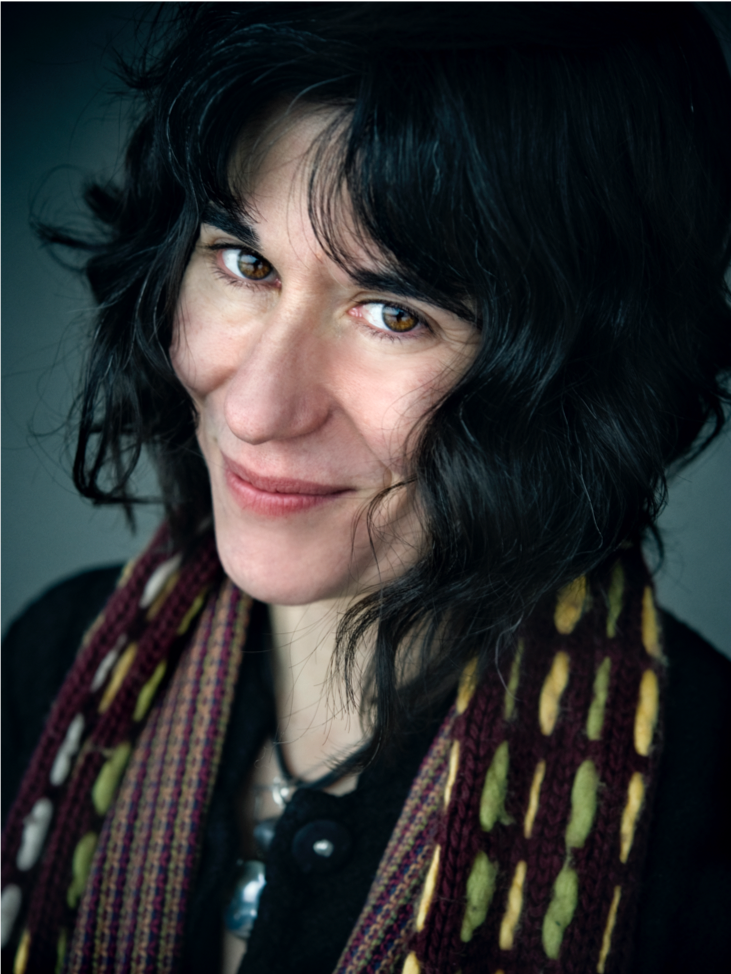
- Industry
Debra Granik Makes a Mark with “Leave No Trace”
“My closest allies are indispensable. My producing partner, Anne Rosellini, and I can communicate with honesty, so I don’t have to compromise with what I tell her and what I really want to do. This allows my desires to remain healthy and intact rather than pitch something so that I will get approval from someone else (and dilute my need). I don’t have to do that with her.” Debra Granik addresses one of the key issues that hold women back across fields, socialized speech that makes women have to consider not only a request, but the manner in which they make a request, so that people in power – often men – will acquiesce. “When I work with a DP that I like to work with, I’m not battling with someone who’s trying to dominate me, or trying to control a set, or undermine me to be more powerful than me.”
Surrounding oneself with people with the same vision, allows many directors, and women directors in particular, to focus on the job at hand. It’s not that men don’t do the same thing, but how one conveys requests is less of an issue as the gatekeepers are usually male and therefore there is a socialized way of communicating wants that is more likely to get approved.
Debra Granik who helmed Leave No Trace – is a moving tribute to the price the people who go off to war pay for not being rehabilitated when they return to the country whose ideals they have gone to uphold. The story is told with a lyrical beauty utilizing light and nature. Leave No Trace also uses scope and verbal space to highlight and underscore themes. Rather than being forced to feel, which often results in not feeling at all, Granik, who cut her teeth on documentaries, permits the audience to wonder what characters will do and invest in their journey. On viewing the film, one wonders why female directors of all ethnicities still make up such a small portion of all directors, because there is nothing that alludes to the gender of a director when viewing a film.
She restates my query. “The question is, is the issue the gender of the director or is it the subject matter that appeals to various people? That can be very connected. For instance, the use of a very large amount of violence – that’s what comes to mind, and certain kinds of big franchises. The subject matter speaks more about the filmmaker making the film. I think one of the things that the #TimesUp movement has explored is the very limited definition of what is commercial. We have got ourselves into a hole because films have to have a certain pacing, a level of loud or big score. A level of jolts. Stories about how people will fare in a situation, or a family, or a village, or school, where the stakes are about destiny – will they find what they need – those films have a different kind of stake and don’t require violence to execute to make it worthwhile, and I think that’s where some of the gender issues come about. I don’t want to make huge generalizations. I enjoy making a psychological thriller. There are women who do an excellent job of portraying violence. So, I don’t want to push anybody into a box.
One of my main mentors instilled a deep appreciation of cinema from other countries, and that’s one of the first things you encounter when exposed to Eastern European film and movies from around the world dealing with social realism, that the science is often what carries this space in which the viewer can think about in-between the dialogue. The silence is when the audience gets involved, when the viewer thinks how is she going to respond; ‘What would I do? I hope she doesn’t say that.’ It’s when we fill in all the blanks. It involves us, and I really appreciate that in many other filmmakers who inspire me.”

“A subtle score can be effective and doesn’t have to editorialize. Faces do not have to be abused. The close-up of the face which is more mandatory in the mainstream Hollywood industry, other cultures didn’t necessarily rely as heavily on the close-up. You could use it, but it didn’t have to be the recipe. There are a lot of different ways to look at how other cultures have approached visual forms of storytelling.
When asked for advice for the next generation, Debra is clear. “I think the next generation is doing it. They are doing it in bigger numbers. They’re working in television, they’re creating films, I think we are in change, we are in it, it is happening. The way in which women can be seen on screen, how they are presented, what they look like, the makeup that they do and do not wear, it changes on screen. Woman are feeling excited and seeing things we have wanted to see for long time. I don’t have advice. The sea of change is happening. This is the time that woman are cleaving from a tired pattern.”

